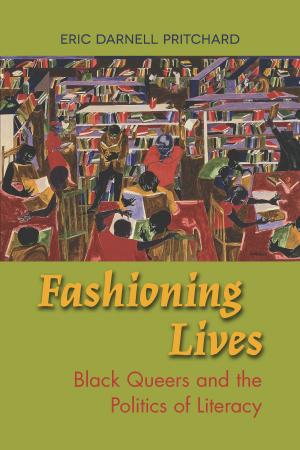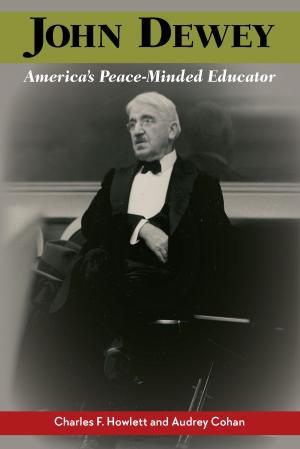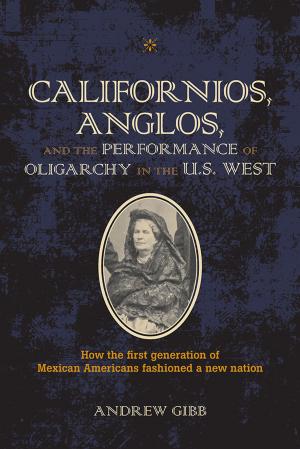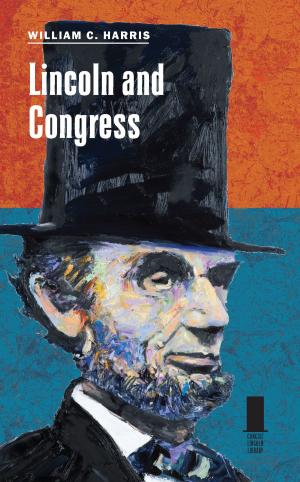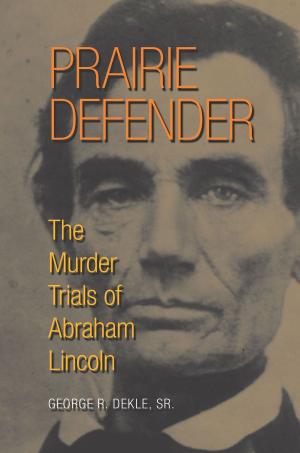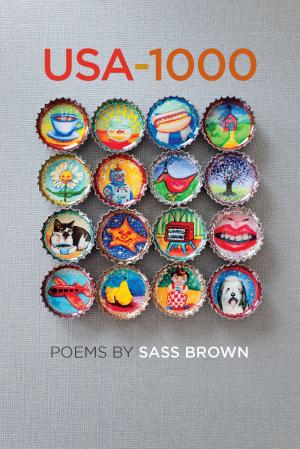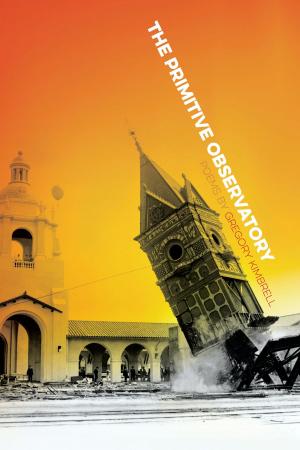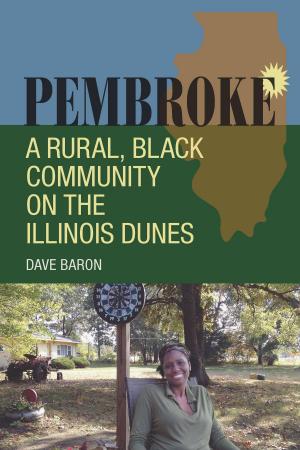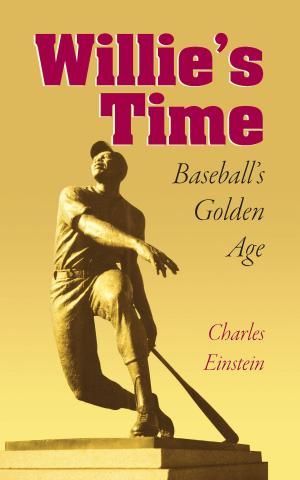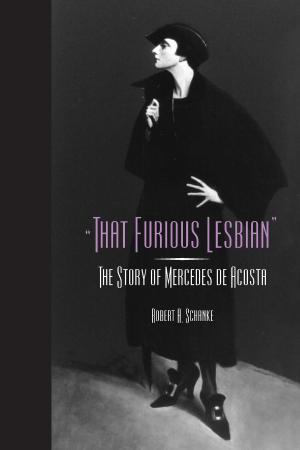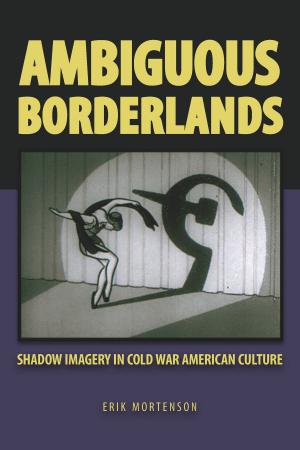Union Heartland
The Midwestern Home Front during the Civil War
Nonfiction, History, Americas, United States, Civil War Period (1850-1877), 19th Century| Author: | Brett Barker, Nicole Etcheson, Michael P. Gray, R. Douglas Hurt, Julie A. Mujic | ISBN: | 9780809332656 |
| Publisher: | Southern Illinois University Press | Publication: | August 28, 2013 |
| Imprint: | Southern Illinois University Press | Language: | English |
| Author: | Brett Barker, Nicole Etcheson, Michael P. Gray, R. Douglas Hurt, Julie A. Mujic |
| ISBN: | 9780809332656 |
| Publisher: | Southern Illinois University Press |
| Publication: | August 28, 2013 |
| Imprint: | Southern Illinois University Press |
| Language: | English |
The Civil War has historically been viewed somewhat simplistically as a battle between the North and the South. Southern historians have broadened this viewpoint by revealing the “many Souths” that made up the Confederacy, but the “North” has remained largely undifferentiated as a geopolitical term. In this welcome collection, seven Civil War scholars offer a unique regional perspective on the Civil War by examining how a specific group of Northerners—Midwesterners, known as Westerners and Middle Westerners during the 1860s—experienced the war on the home front.
Much of the intensifying political and ideological turmoil of the 1850s played out in the Midwest and instilled in its people a powerful sense of connection to this important drama. The 1850 federal Fugitive Slave Law and highly visible efforts to recapture former bondsmen and women who had escaped; underground railroad “stations” and supporters throughout the region; publication of Ohioan Harriet Beecher Stowe’s widely-influential and best-selling Uncle Tom’s Cabin; the controversial Kansas-Nebraska Act of 1854; the murderous abolitionist John Brown, who gained notoriety and hero status attacking proslavery advocates in Kansas; the emergence of the Republican Party and Illinoisan Abraham Lincoln—all placed the Midwest at the center of the rising sectional tensions.
From the exploitation of Confederate prisoners in Ohio to wartime college enrollment in Michigan, these essays reveal how Midwestern men, women, families, and communities became engaged in myriad war-related activities and support. Agriculture figures prominently in the collection, with several scholars examining the agricultural power of the region and the impact of the war on farming, farm families, and farm women. Contributors also consider student debates and reactions to questions of patriotism, the effect of the war on military families’ relationships, issues of women’s loyalty and deference to male authority, as well as the treatment of political dissent and dissenters.
Bringing together an assortment of home front topics from a variety of fresh perspectives, this collection offers a view of the Civil War that is unabashedly Midwestern.
The Civil War has historically been viewed somewhat simplistically as a battle between the North and the South. Southern historians have broadened this viewpoint by revealing the “many Souths” that made up the Confederacy, but the “North” has remained largely undifferentiated as a geopolitical term. In this welcome collection, seven Civil War scholars offer a unique regional perspective on the Civil War by examining how a specific group of Northerners—Midwesterners, known as Westerners and Middle Westerners during the 1860s—experienced the war on the home front.
Much of the intensifying political and ideological turmoil of the 1850s played out in the Midwest and instilled in its people a powerful sense of connection to this important drama. The 1850 federal Fugitive Slave Law and highly visible efforts to recapture former bondsmen and women who had escaped; underground railroad “stations” and supporters throughout the region; publication of Ohioan Harriet Beecher Stowe’s widely-influential and best-selling Uncle Tom’s Cabin; the controversial Kansas-Nebraska Act of 1854; the murderous abolitionist John Brown, who gained notoriety and hero status attacking proslavery advocates in Kansas; the emergence of the Republican Party and Illinoisan Abraham Lincoln—all placed the Midwest at the center of the rising sectional tensions.
From the exploitation of Confederate prisoners in Ohio to wartime college enrollment in Michigan, these essays reveal how Midwestern men, women, families, and communities became engaged in myriad war-related activities and support. Agriculture figures prominently in the collection, with several scholars examining the agricultural power of the region and the impact of the war on farming, farm families, and farm women. Contributors also consider student debates and reactions to questions of patriotism, the effect of the war on military families’ relationships, issues of women’s loyalty and deference to male authority, as well as the treatment of political dissent and dissenters.
Bringing together an assortment of home front topics from a variety of fresh perspectives, this collection offers a view of the Civil War that is unabashedly Midwestern.

